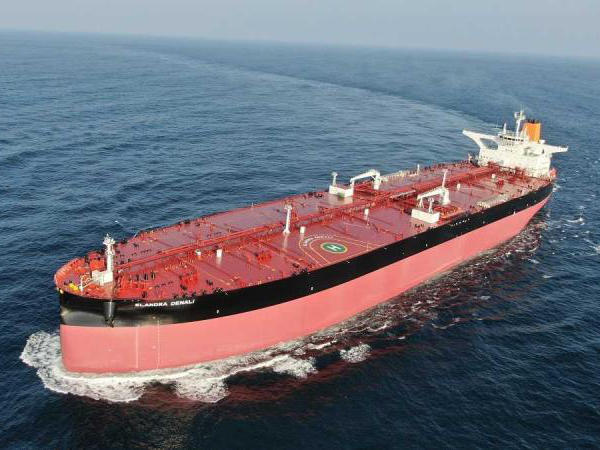With airlines still grounding flights, the last thing Europe probably needs right now is a giant cargo of jet fuel. Yet, a supertanker hauling about 2 million barrels of it is on its way from Asia.
The fully laden Elandra Denali is set to arrive in Rotterdam on June 6, adding to the list of recent tanker shipments of the product, many of which are still anchored outside Europe’s ports. While the coronavirus pandemic has decimated the global market for aviation fuel, production and trading of it across the world’s oceans continues.

The aviation fuel market has been so badly hit that it’s now cheaper than diesel in Europe, when normally it’s more expensive. That begs the question of what will happen to the product aboard the Elandra Denali, a newly built vessel that loaded most of its jet fuel cargo in South Korea in early April. The tanker also took on additional fuel via a ship-to-ship transfer, some of which may not be jet, according to research firm Kpler.
One possibility is that the fuel will be stored and sold later at a profit. The cheapest way to do that is to find an empty tank on land, but it’s also possible to keep it on the ship for an extended period. This approach, known as floating storage, is expensive, but if the future prices of the product are high enough, it can still be profitable.
Another option is for the cargo to be blended into diesel-type fuel. Anyone taking this approach would have to pay close attention to the specifications of the different products, particularly sulfur content and flash point.
While the Elandra Denali is notable for its sheer size, it’s not alone in bringing jet to Europe. Tankers stacked with the fuel are gathered off the coast of the U.K. and Rotterdam. Some have been there for weeks, a possible indication that their owners have opted for floating storage. There is currently no onshore jet fuel storage for hire in Europe, according to Krien van Beek, a broker at ODIN-RVB Tank Storage Solutions.
Gloomy Outlook
Compared to some other oil products, the outlook for jet is far from rosy. Energy Aspects expects demand for the fuel to still be down by about 60% from 2019 levels next month, with a recovery not expected until mid-to-late next year.
The Paris-based International Energy Agency sees demand for jet and kerosene falling by 1.7 million barrels a day year-on-year each month between July and December, according to the organization’s latest monthly report. Meanwhile, demand for gasoline—a much bigger market—is set to drop by 550,000 barrels a day. The expected drop in diesel and gasoil is even smaller.
“Gasoline I can see recovery quite strongly and quickly, but not jet fuel,” said Steve Sawyer, director of refining at Facts Global Energy.











